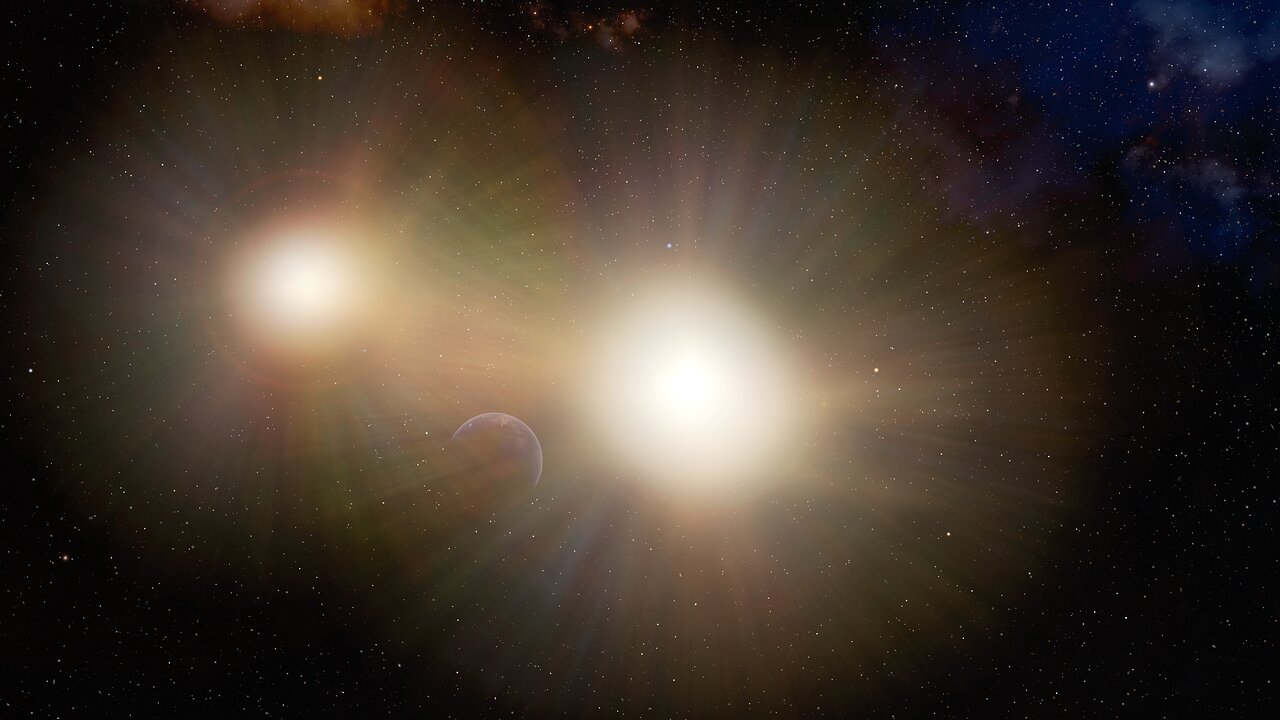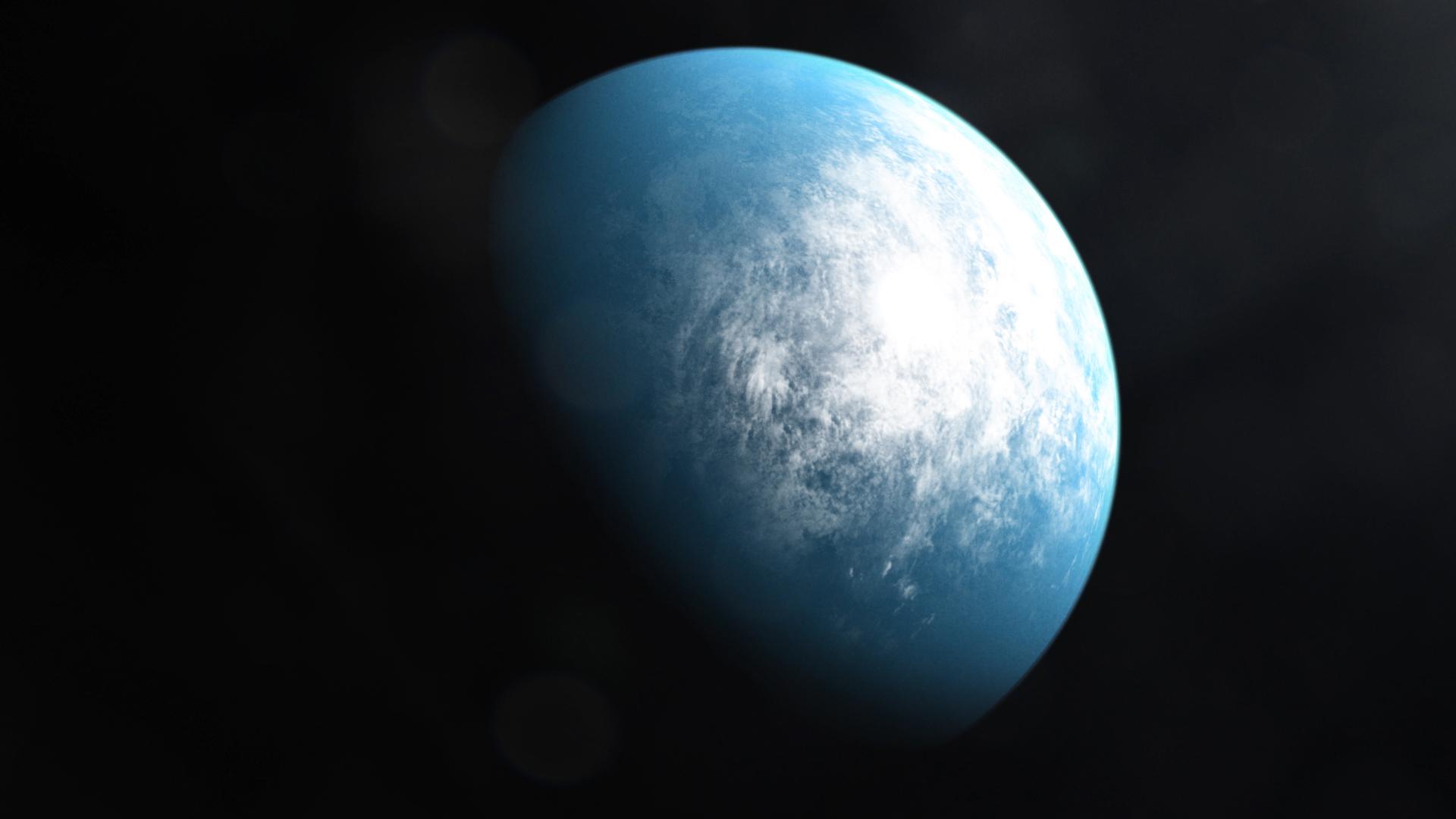Many nearby Earth-size exoplanets could be hiding in plain sight
There could be many Earth-size exoplanets that have been overlooked by current survey methods.

The universe is populated with stars that live in pairs, and these systems could mean double trouble for scientists wanting to find Earth-like planets.
A team led by Katie Lester, a postdoctoral fellow at NASA's Ames Research Center, recently used ground-based high-resolution technologies to peer at points of light studied with NASA's Transiting Exoplanet Survey Satellite (TESS) mission. The scientists found that, upon closer inspection, some of the would-be stars in the sample were actually binary stellar systems. In addition, the researchers found that stellar pairs may disguise Earth-like exoplanets from the watchful eyes of missions like TESS. Rocky worlds about the size of our own planetary home could therefore be hiding in plain sight, and may exist in greater numbers than once thought.
TESS hunts for planets around nearby stars by watching for dips in their light caused when a planet transits, or passes in front of, a star. Since TESS launched in April 2018, astronomers have positively identified more than 100 previously unknown exoplanets and more than 2,600 candidates are awaiting confirmation, according to NASA.
Related: 7 ways to discover alien planets
But the new research suggests there could be many more exoplanets in the mission's observations that have been overlooked by modern survey methods. "We have shown that it is more difficult to find Earth-size planets in binary systems because small planets get lost in the glare of their two parent stars," Lester said in a statement from the National Optical-Infrared Astronomy Research Laboratory (NOIRLab).
Lester's team used the `Alopeke and Zorro imagers (Hawaiian and Spanish for "fox") on the twin telescopes of NOIRLab's Gemini Observatory to first determine which known exoplanet parent stars were actually pairs. The scientists discovered that 73 of the hundreds of stars in their sample were stars that orbit close enough to each other to appear as a single point of light to TESS. The astronomers also identified an additional 18 binary stars from the TESS data using the NN-EXPLORE Exoplanet and Stellar Speckle Imager (NESSI) instrument on NOIRLab's WIYN 3.5-meter Telescope at Kitt Peak National Observatory.

The researchers found that in their newly-determined binary systems, TESS had spotted only large planets. However, TESS found both large and small exoplanets around the parent stars verified to be single. The new research confirms what many astronomers have suspected, that the brightness from a second star fills in the light otherwise blocked by a small Earth-like planet.
Get the Space.com Newsletter
Breaking space news, the latest updates on rocket launches, skywatching events and more!
"Astronomers need to know whether a star is single or binary before they claim that no small planets exist in that system," Lester said. "If it's single, then you could say that no small planets exist. But if the host is in a binary, you wouldn't know whether a small planet is hidden by the companion star or does not exist at all. You would need more observations with a different technique to figure that out."
The TESS mission is currently scheduled to operate until at least 2022. NASA invites space enthusiasts to participate in their TESS citizen science program.
Follow Doris Elin Urrutia on Twitter @salazar_elin. Follow us on Twitter @Spacedotcom and on Facebook.
Join our Space Forums to keep talking space on the latest missions, night sky and more! And if you have a news tip, correction or comment, let us know at: community@space.com.

Doris is a science journalist and Space.com contributor. She received a B.A. in Sociology and Communications at Fordham University in New York City. Her first work was published in collaboration with London Mining Network, where her love of science writing was born. Her passion for astronomy started as a kid when she helped her sister build a model solar system in the Bronx. She got her first shot at astronomy writing as a Space.com editorial intern and continues to write about all things cosmic for the website. Doris has also written about microscopic plant life for Scientific American’s website and about whale calls for their print magazine. She has also written about ancient humans for Inverse, with stories ranging from how to recreate Pompeii’s cuisine to how to map the Polynesian expansion through genomics. She currently shares her home with two rabbits. Follow her on twitter at @salazar_elin.









